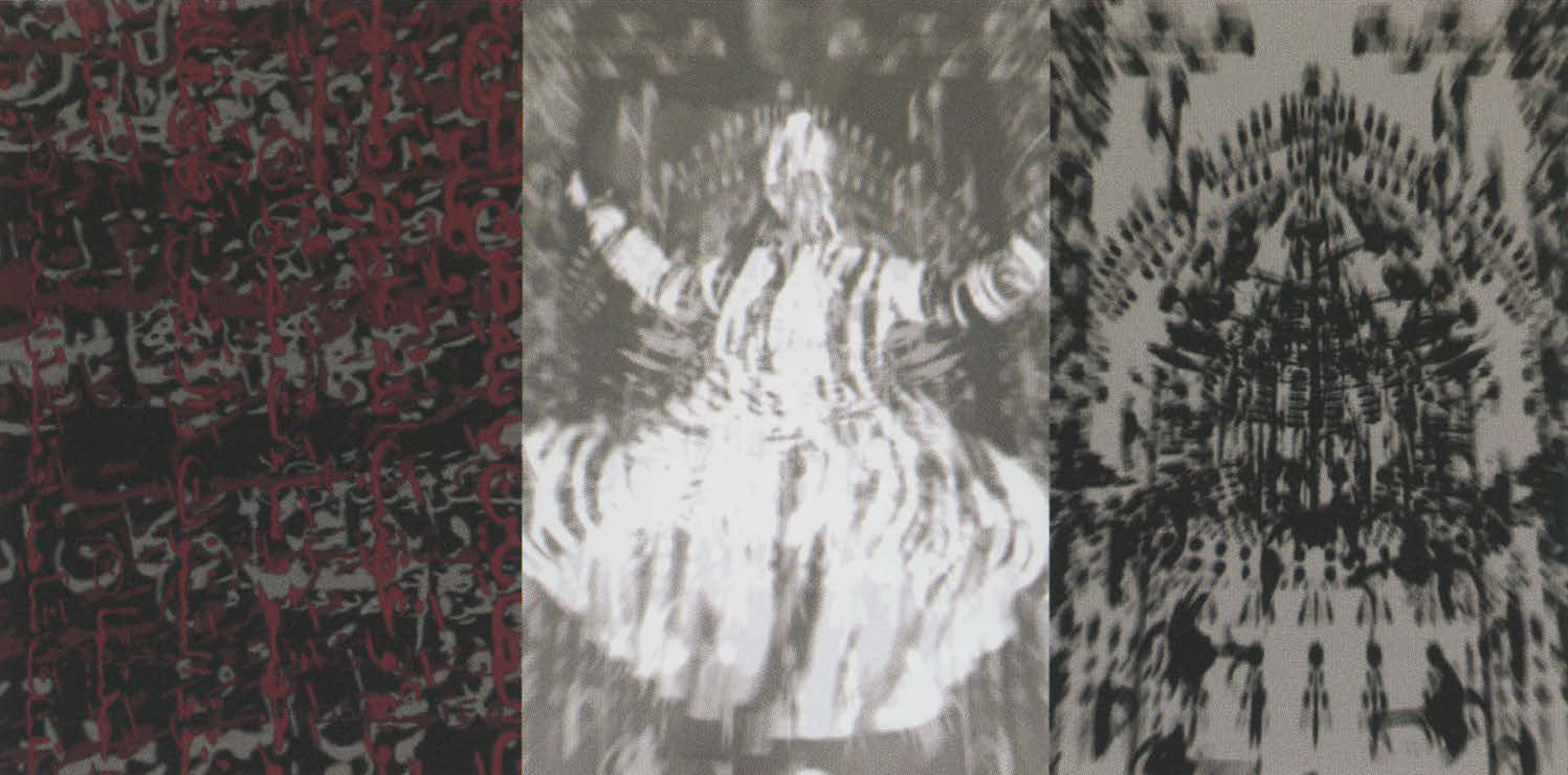Anya Belkina: Crowded with Voices
Artist(s):
Title:
- Crowded with Voices
Exhibition:
Creation Year:
- 2007
Category:
Artist Statement:
In Crowded with Voices, Anya Belkina and Scott Lindroth sought to combine their traditional approaches to visual art (painting and graphic design) and music (instrumental composition) with an exploration of recent technologies that have become part of the contemporary artist’s toolbox. The technological component is treated as a natural extension of traditional media. Visually, Crowded with Voices is inspired by the poetry of the Sufi mystic poet Mowlana Jalaluddin Rumi (1207-1273), whose 800th birthday is celebrated this year. The piece is intended as a tribute to Rumi’s teachings and art, which appealed to people of many faiths in his lifetime and united them at his funeral. Rumi’s message of love, tolerance, and acceptance is as relevant as ever in our era of high-speed connectivity, nuclear weapons, global pandemics, terrorism, and natural disasters. The central visual motif of the film is an image of a whirling dervish whose revolving motion is in harmony with the motion of the smallest particles in nature and the largest galaxies in the universe. The patterned imagery characteristic of Islamic art and textual fragments from al-Balad, the Qur’an sung by Ghalwash, are some of the other visual motifs used in the piece. Music and sound design are based on transcriptions of a magnificent Qur’an recitation by Raghib Mustafa Ghalwash. Melodic phrases from the vocal performance are played by a soprano saxophone accompanied by two percussionists and a piano. Such transcriptions inevitably involve mishearing: not only is a Qu’ran recitation not considered “music,” properly speaking, but also the performance on a saxophone inevitably indexes other musicians
(Coltrane, Coleman, Shepp, Dolphy, and others) whose work participated in urgent spiritual and political issues of their time.
Technical Information:
Animated images were created on a G5 Macintosh using Autodesk Maya, Adobe Illustrator, Adobe Photoshop, and Adobe After
Effects. The music is a recording of a live instrumental performance by Zeitgeist, an ensemble consisting of soprano saxophone, piano, two percussionists, and digital sound played in real time from a laptop computer.





